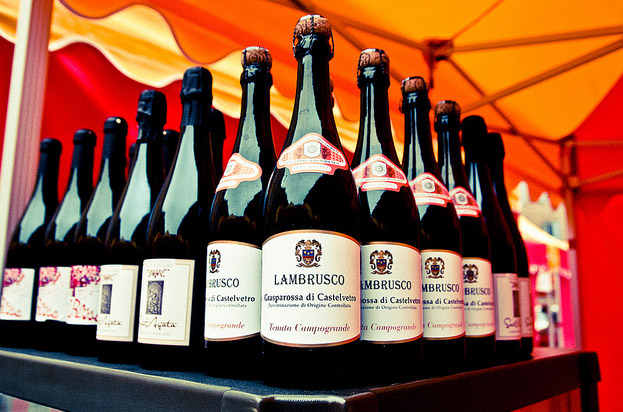


While it has a reputation for making sweet, mass-produced wines, Lambrusco is experiencing something of a renaissance. Lambrusco is even referred to in the work of Roman philosopher, Pliny the Elder and poet Virgil. Owing to how easily it grows and its robustness, armies and travelers took Lambrusco with them in their travels. The Lambrusco cultivar has its roots in the ancient Roman era. Well-known appellations include: Casteller DOC, Colli di Parma DOC, Colli di Scandiano e di Canossa DOC, Lambrusco di Sorbara DOC, Lambrusco Grasparossa di Castelvetro DOC, Lambrusco Mantovano DOC, Lambrusco Salamino di Santa Croce DOC, Modena DOC, Reggiano DOC, Trentino DOC, Valdadige / Etschtaler DOC, Valdadige Terradeiforti / Terradeiforti DOC. Cheese: Grana Padano Parmesan-Reggiano Pecorino.Įmilia-Romagna dominates Lambrusco production.Entrées: Confit duck Italian-style sausages with fennel sausage pizza meat or vegetarian lasagne steak hamburger.Appetizers: Prosciutto di Parma black olives sardines.There are various other Lambrusco grapes nine in all including Lambruscos Salamino, Maestri and Marani. Lambrusco Sorbara, the grape of the plains, is bright strawberry in colour and flavour: less assertive, though still with that powerful Lambrusco acidity. Lambrusco Grasparossa creates deep, concentrated, bold wines that display plenty of dark fruit. Its wine is black-red in colour with magenta froth and a tannic bite. To get a good snapshot of what good Lambrusco food pairing looks like, let’s home in on the two most important grapes and styles Lambrusco Grasparossa and Lambrusco di Sorbara. Its high acidity also makes it ideal for pairing with fatty foods. Emilia-Romagna is the region of Modena balsamic vinegar, Bolognese sauce, Parmesan-Reggiano cheese, and Lambrusco matches all of these to a T. The adage “w hat grows together, goes together” suits Lambrusco perfectly.

With such a wide range of Lambrusco grapes, food pairing possibilities are broad.


 0 kommentar(er)
0 kommentar(er)
